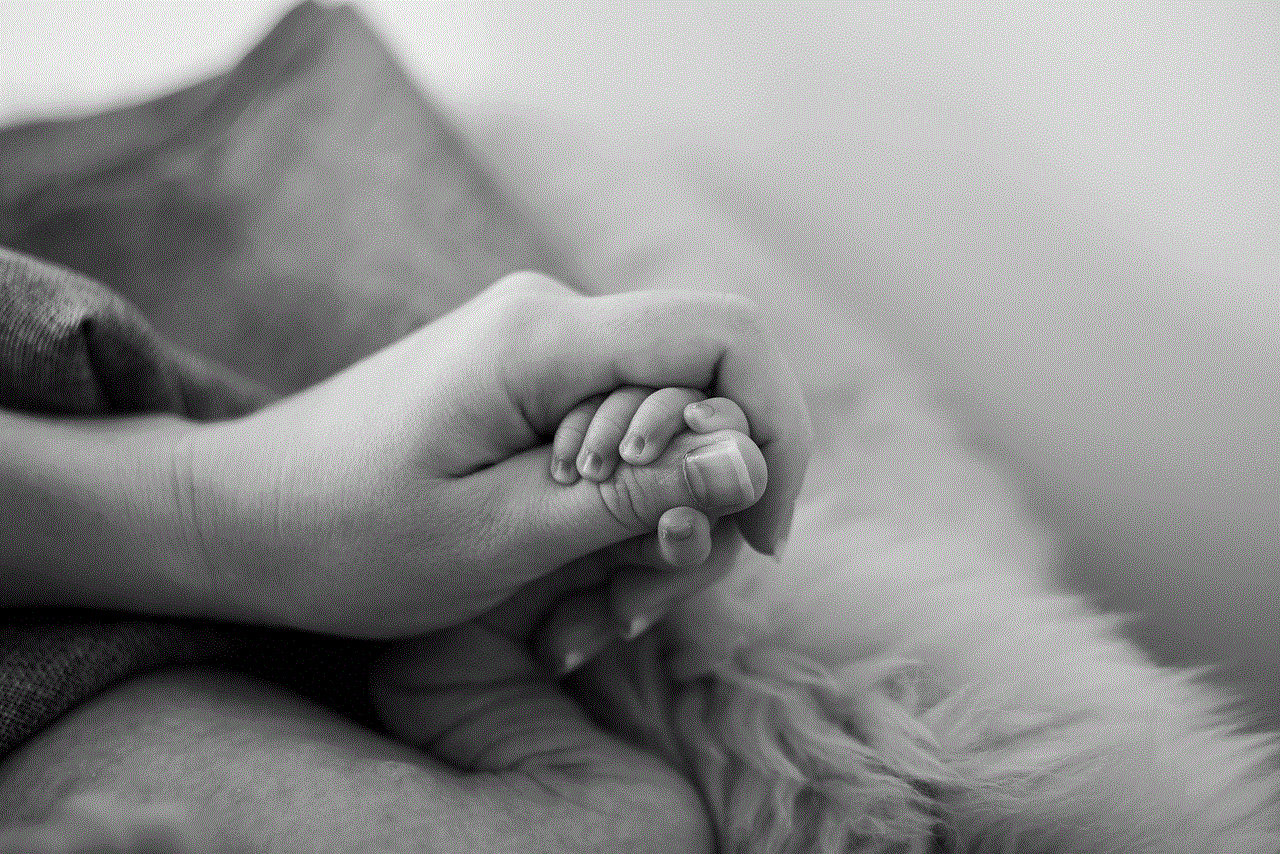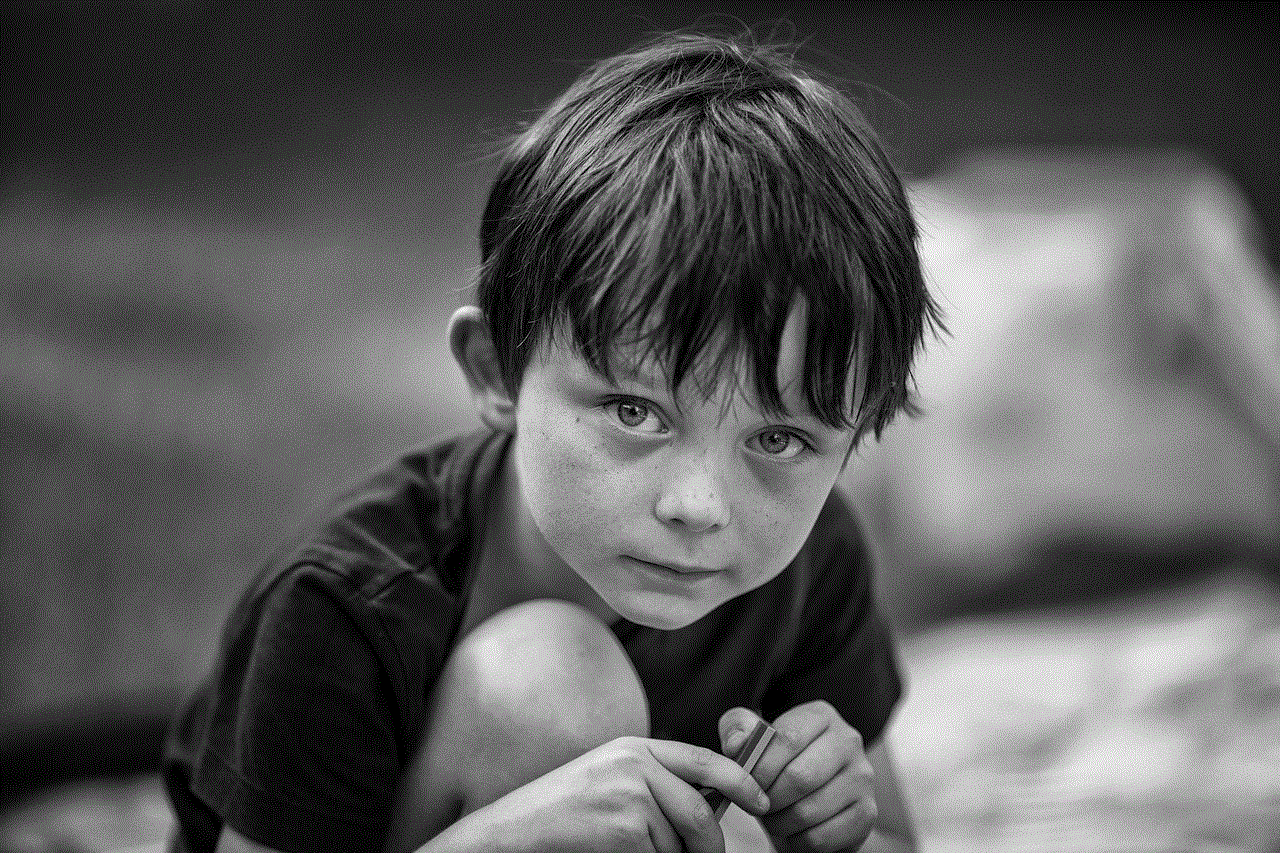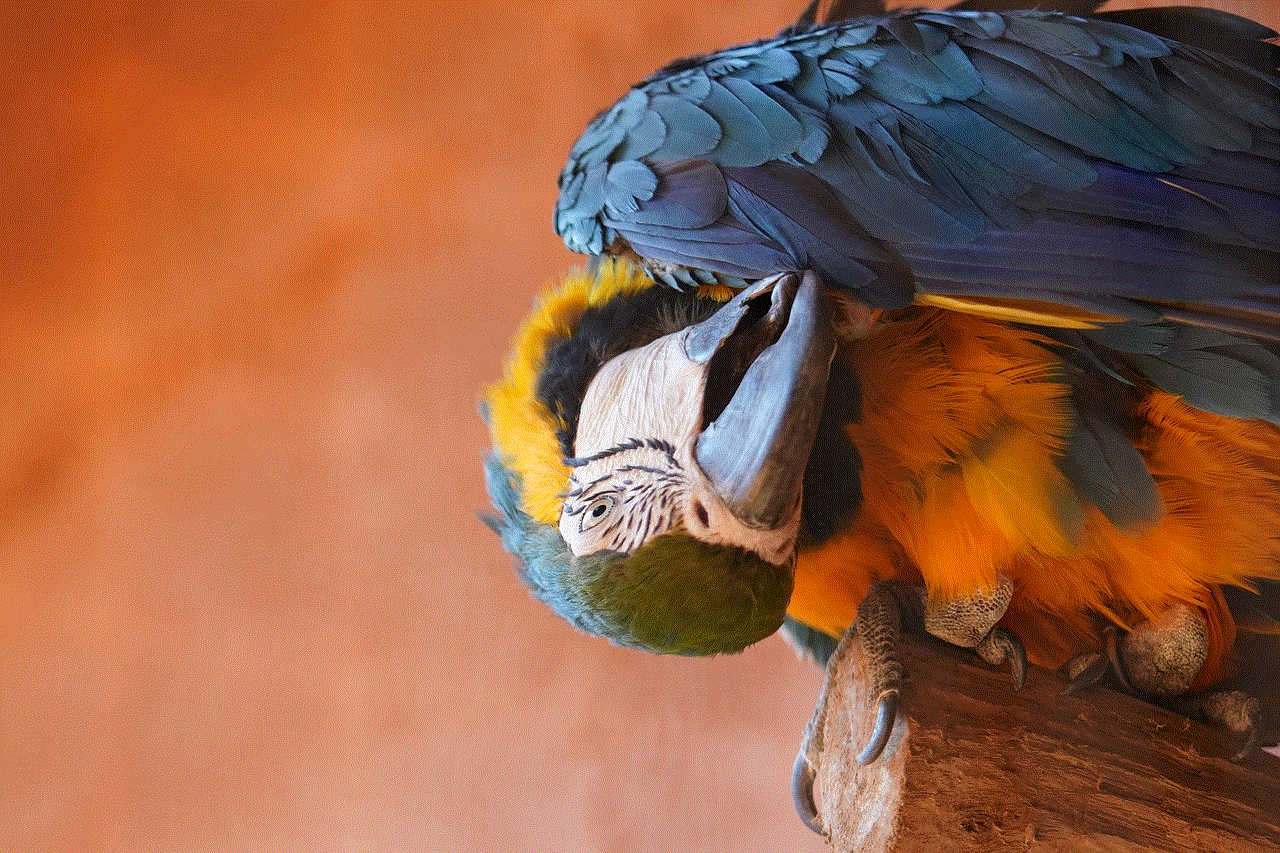best trackers for kids
As a parent, it’s natural to want to keep an eye on your child’s whereabouts and ensure their safety at all times. With the advancement of technology, there are now several options available in the form of kid trackers. These devices are designed to provide parents with peace of mind by allowing them to track their child’s location and stay connected with them at all times. In this article, we will explore the best trackers for kids on the market and how they can benefit both parents and children.
1. AngelSense GPS Tracker
The AngelSense GPS tracker is specifically designed for children with special needs. It comes with a variety of features that make it the perfect option for parents who are concerned about their child’s safety. The device is worn on the child’s clothing, making it difficult for them to remove it. It also has a unique locking mechanism that ensures the device stays in place. The tracker has real-time tracking, so parents can see their child’s location at all times through a mobile app. It also has the option for two-way voice communication, allowing parents to talk to their child in case of an emergency.
2. Jiobit Tracker
The Jiobit tracker is a small, lightweight device that can easily be attached to a child’s clothing or backpack. It uses a combination of GPS, Wi-Fi, and cellular networks to provide accurate location information. Parents can track their child’s location in real-time through the mobile app and receive notifications when their child enters or leaves a designated safe zone. The device also has a long battery life, lasting up to a week on a single charge.
3. Tinitell Tracker
The Tinitell tracker is a wristwatch-style device that not only tracks a child’s location but also allows for two-way communication. Parents can call their child and vice versa, making it an ideal option for younger children who may not have a phone yet. The device uses GPS and cellular networks to provide real-time location tracking and has a simple design that is easy for children to use.
4. My Buddy Tag
The My Buddy Tag is a fun and colorful wearable tracker that kids will enjoy using. It uses Bluetooth technology to connect to a parent’s smartphone and provides location tracking within a range of 80 feet. The device also has a panic button that children can press in case of an emergency, sending a notification to their parents’ phone with their location. It also has a water safety feature that alerts parents if their child has fallen into water.
5. Trax Play Tracker
The Trax Play tracker is a small, lightweight device that can be attached to a child’s clothing or belongings. It uses both GPS and cellular networks for accurate tracking and has a long battery life of up to 3 days. Parents can set up geofencing and receive alerts when their child enters or leaves a designated area. The device also has a built-in SOS button that children can press in case of an emergency.
6. GBD-GPS Tracker
The GBD-GPS tracker is a budget-friendly option for parents looking for a simple tracking device for their child. It uses GPS and LBS positioning for location tracking and has a long battery life of up to 5 days. The device also has a geofencing feature and an SOS button for emergencies. It can also be used as a fitness tracker, keeping track of the child’s steps and activity levels.
7. Verizon GizmoWatch
The Verizon GizmoWatch is a smartwatch-style device that not only provides location tracking but also allows for two-way communication. Parents can call and text their child through the device, and children can also send preset messages to their parents. The watch has GPS tracking and geofencing features, and parents can set up alerts for when their child enters or leaves a designated area. It also has a step tracker and fun games for children to play.
8. PocketFinder GPS Tracker
The PocketFinder GPS tracker is a discreet and compact device that can easily be attached to a child’s backpack or clothing. It uses GPS and cellular networks to provide real-time tracking and has a long battery life of up to 60 hours. Parents can set up geofencing and receive alerts when their child enters or leaves a designated area. The device also has a panic button for emergencies.
9. Amber Alert GPS
The Amber Alert GPS is a wearable device that can be worn as a watch or attached to a child’s clothing. It uses Wi-Fi, GPS, and cellular networks for accurate tracking and has a long battery life of up to 5 days. Parents can set up geofencing and receive alerts when their child enters or leaves a designated area. The device also has a one-touch SOS button and a messaging feature for two-way communication.
10. LG GizmoGadget
The LG GizmoGadget is a smartwatch-style device that not only provides location tracking but also allows for two-way communication. Parents can call and text their child through the device, and children can also send preset messages to their parents. The watch has GPS tracking and geofencing features, and parents can set up alerts for when their child enters or leaves a designated area. It also has a step tracker and fun games for children to play.
In conclusion, with the rise in technology, there are now several options available for parents to track their child’s location and stay connected with them at all times. These kid trackers come with a range of features such as real-time tracking, geofencing, two-way communication, and panic buttons, providing parents with peace of mind and ensuring their child’s safety. With such a wide variety of options, parents can choose the best tracker that suits their child’s needs and their budget.
4 month developmental milestones
As infants transition into their fourth month of life, they are rapidly developing and reaching new milestones. During this time, they are becoming more alert, engaging with their surroundings, and showing significant progress in their physical, social, and cognitive development. It is an exciting time for both the infant and their parents as they witness the growth and development of their little one. In this article, we will explore the various developmental milestones that an infant reaches at four months, and what parents can expect during this crucial stage of their child’s life.
Physical Development:



At four months, an infant’s physical development is in full swing. They are becoming more aware of their body and are gaining more control over their movements. One of the significant milestones at this stage is the ability to hold their head steady when supported in an upright position. This is a crucial milestone as it sets the foundation for the development of other motor skills.
Another significant physical milestone at four months is the development of the pincer grasp. This is the ability to pick up smaller objects using their thumb and index finger. Infants at this stage are fascinated with their hands and spend a lot of time exploring and grasping objects. They may even try to bring objects to their mouth to explore them further, which is a sign of their developing hand-eye coordination.
At four months, infants also start to develop their gross motor skills, such as rolling over from their back to their tummy. This is an essential milestone as it shows that the baby’s muscles are strengthening, and they are gaining more control over their body movements. It is also a sign that they are becoming more independent and are learning to explore their surroundings.
Social and Emotional Development:
At four months, an infant’s social and emotional development is also progressing rapidly. They are becoming more aware of the people around them and are starting to recognize familiar faces, especially their parents. They may also start to show more interest in interacting with others and may even smile at people they know.
Infants at this stage are also starting to develop a sense of attachment to their primary caregivers. They may become upset when separated from their parents, which is a normal and healthy part of their emotional development. It is important for parents to be responsive to their child’s needs at this stage, as it helps to build a strong and secure attachment between the infant and their caregivers.
Cognitive Development:
At four months, an infant’s cognitive development is also taking off. They are becoming more aware of their environment and are starting to show an interest in exploring it. Infants at this stage will spend a lot of time looking at and reaching for objects that catch their attention. They are also starting to develop object permanence, which is the understanding that objects continue to exist even when they are out of sight.
Another significant cognitive milestone at four months is the development of cause and effect. Infants at this stage start to understand that their actions can lead to a specific outcome. For example, they may shake a rattle to make a sound or push a button to activate a toy. This understanding of cause and effect is a crucial step in their cognitive development and sets the foundation for problem-solving skills in the future.
Language Development:
At four months, infants are starting to make significant progress in their language development. They are becoming more vocal and will start to babble and make cooing sounds. They may also start to imitate sounds they hear from their parents, such as “ma-ma” or “da-da.” Although they may not understand the meaning of these words yet, it is an essential step towards developing language skills.



Infants at this stage are also starting to learn the rhythm and intonation of language. They may respond to different tones of voice and may even try to mimic them. It is also common for infants at this stage to start using their voice to express their emotions, such as crying when they are hungry or cooing when they are happy.
Feeding and Sleeping Patterns:
At four months, an infant’s feeding and sleeping patterns may start to change. They may begin to sleep for longer stretches at night, and their daytime naps may become more structured. Infants at this stage are also starting to develop a more consistent feeding schedule, with longer intervals between feedings.
It is essential for parents to remember that every infant is different, and there is no “right” way for them to sleep or eat. It is vital to follow the baby’s cues and create a routine that works for both the infant and the parents. This will help to establish healthy sleep and feeding habits, which are crucial for an infant’s overall development.
Tips for Parents:
As an infant reaches four months, it is an exciting and challenging time for parents. They are witnessing their child’s rapid development, which can be both fulfilling and overwhelming. Here are a few tips for parents to support their child’s development at this stage:
1. Engage in activities that promote tummy time. This helps to strengthen the baby’s neck and back muscles, which are crucial for their physical development.
2. Provide plenty of opportunities for play and exploration. Infants at this stage are eager to explore their surroundings, and it is essential to provide them with a safe and stimulating environment to do so.
3. Talk and sing to your baby. Infants at this stage are starting to recognize familiar voices and will enjoy hearing their parents’ voices. Talking and singing to them also helps to develop their language skills.
4. Respond to your baby’s needs. Infants at this stage are becoming more aware of their surroundings, and they may become upset when they are hungry, tired, or need a diaper change. It is essential to respond to their needs promptly to help them feel secure and build a strong attachment.
5. Seek help if you have concerns. Every infant develops at their own pace, but if you have concerns about your child’s development, it is always best to seek advice from your pediatrician. Early intervention can make a significant impact on a child’s development.



Conclusion:
The fourth month of an infant’s life is an exciting time as they reach significant developmental milestones. They are becoming more aware of their surroundings, engaging with their environment, and developing new skills. As parents, it is essential to provide a safe and stimulating environment for our children to support their growth and development. By following their cues and providing love and support, we can help our infants reach their full potential and prepare them for the next stages of their development.
